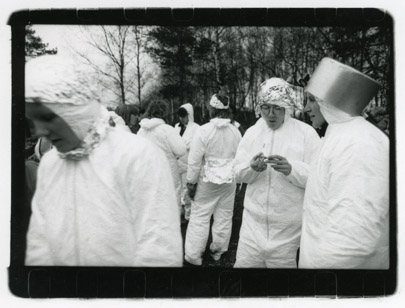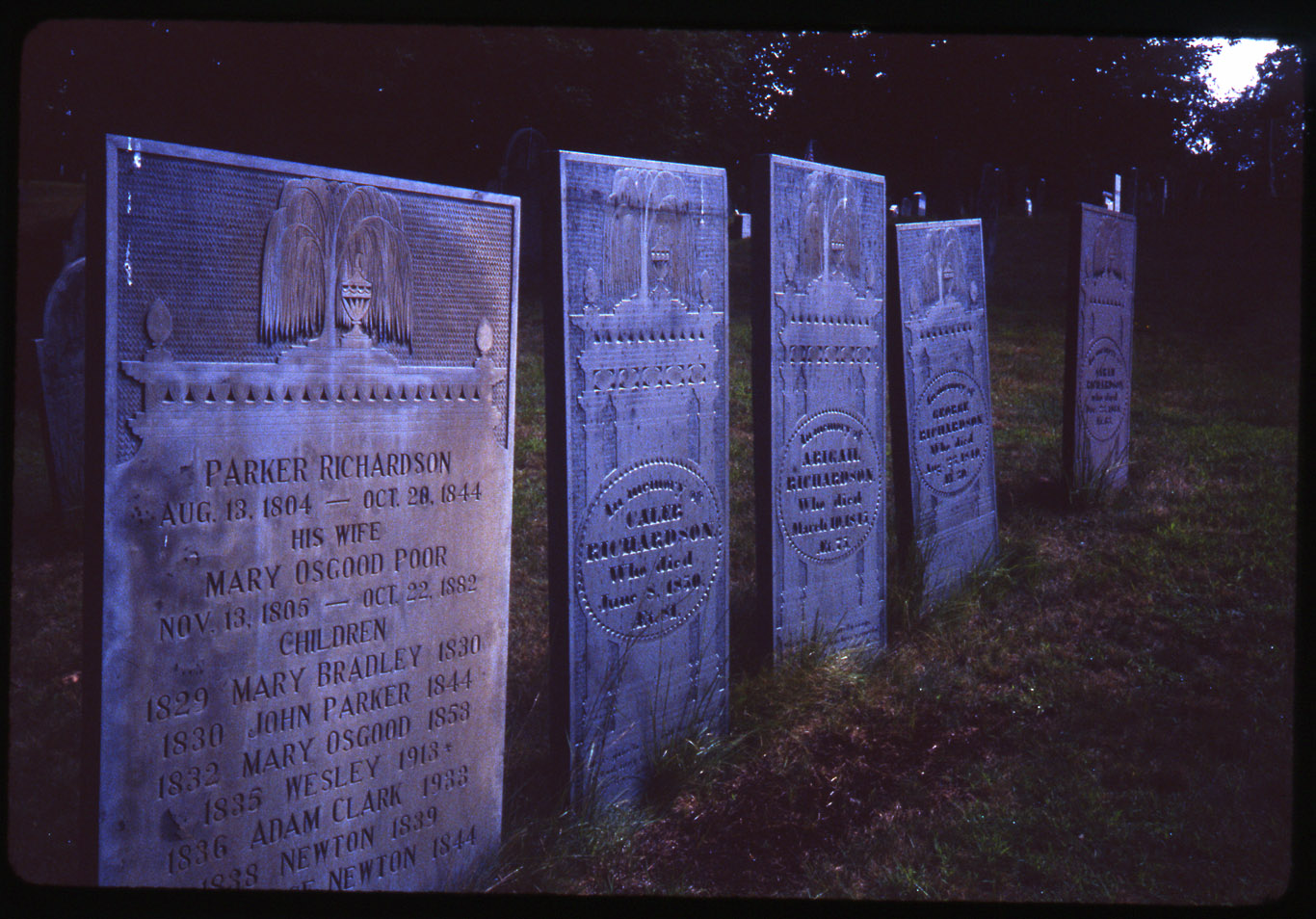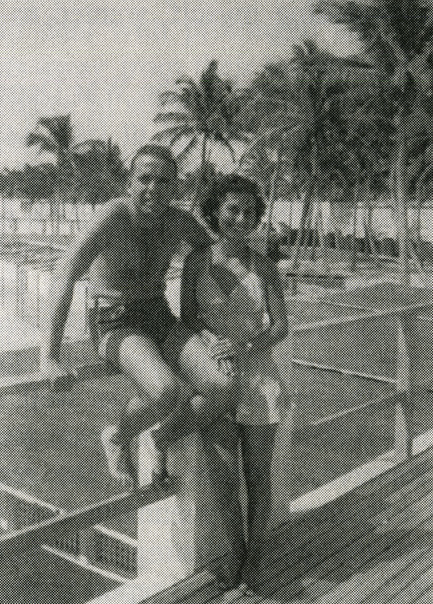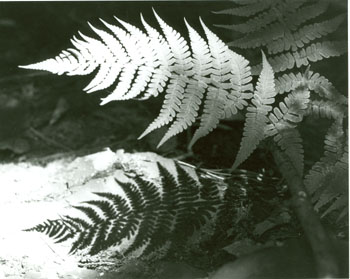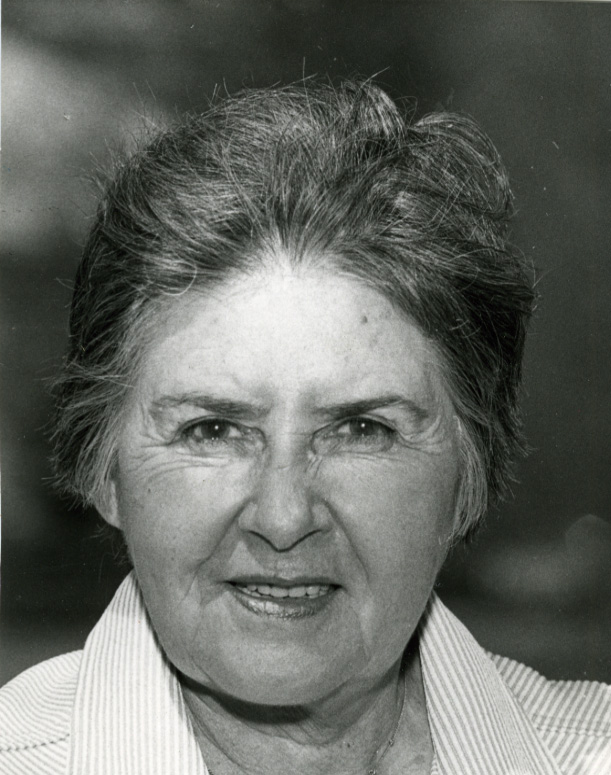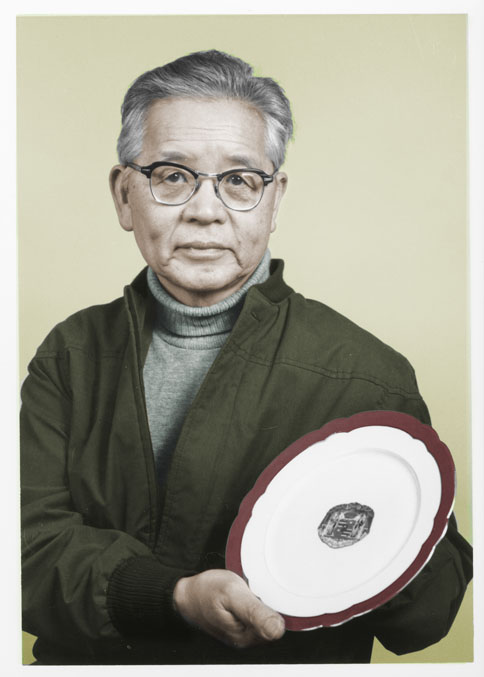Roxbury Action Program Collection
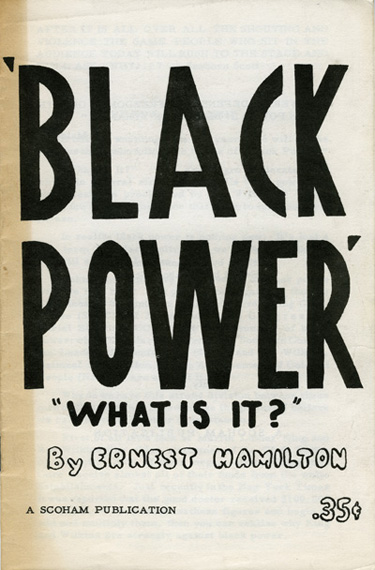
The Roxbury Action Program and Black Panther Party of Boston were both founded in the Roxbury section of Boston following the riots of 1968. RAP pursued community revitalization through Black self-determination and enjoyed success in its housing initiatives and in providing social services ranging from support for Black businesses to Black draft counseling, health and legal referrals, a Black library, and community awareness program.
Although the exact provenance of this small collection is uncertain, the materials appear to have been collected by an individual, possibly a woman, associated with the early days of the Roxbury Action Program and Boston branch of the Black Panther Party. Steeped in Black Power ideology, the collection includes publications of the Black Panther Party, the Nation of Islam, and other organizations, as well as an insightful series of transcripts of Roxbury Action Program meetings held during its first few months of operation.

